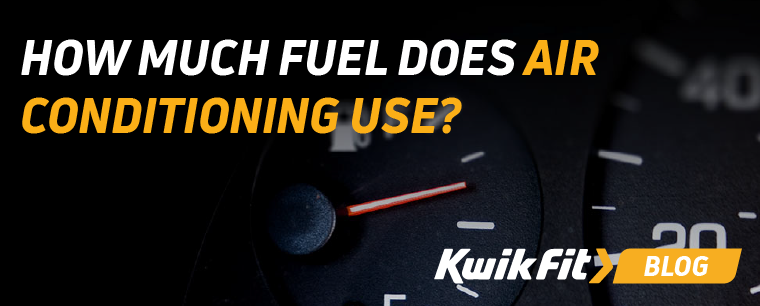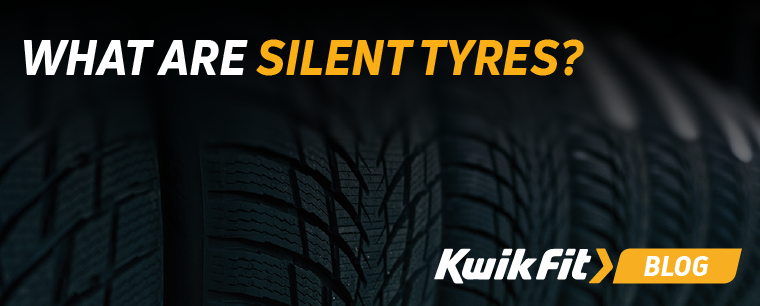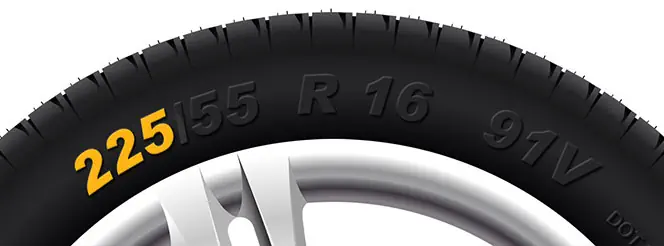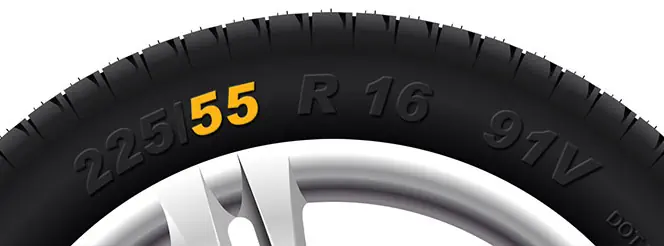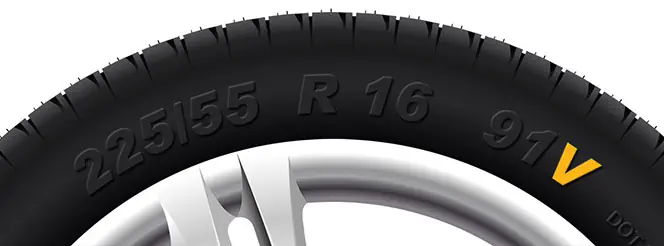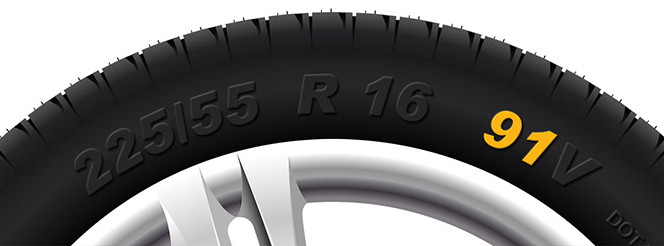What is a Serpentine Belt & How Does it Work?
Kwik Fit | Saturday 15th February 2025 12:04pm
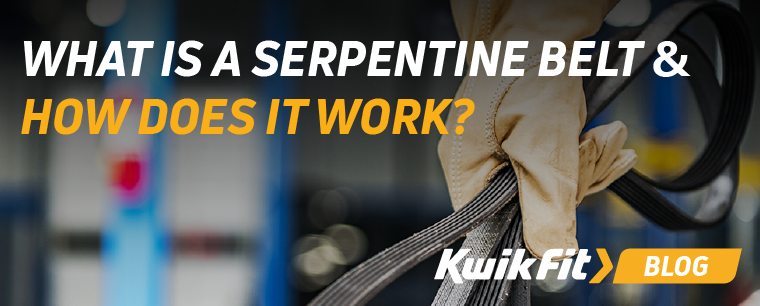
When it comes to keeping your carís essentials running smoothly, the serpentine belt (or Ďauxiliary drive beltí, as it's often called in the UK) is a key component.
Responsible for powering crucial parts of your car ó like the alternator, power steering pump, and air conditioning compressor ó this often overlooked component is required for ensuring your vehicle operates efficiently.
While itís a durable bit of kit, your carís serpentine belt wonít last forever, so understanding its role and knowing when to replace it is a must for keeping on top of vehicle maintenance. In fact, a worn or damaged serpentine belt can lead to anything from battery failure to an overheating engine.
In this piece, weíll explore what the serpentine belt does, why it matters, and how to spot the signs of wear before they become a bigger problem.
What is a serpentine belt?
A serpentine belt, also referred to as a Ďdrive beltí or an Ďauxiliary drive beltí, is a continuous belt used in vehicles to power peripheral devices such as:
- Alternators
- Power steering pumps
- Water pumps
- Air conditioning compressors
- Air pumps
If you were wondering, yes, serpentine belts get their name from their snake-like shape since they loop around multiple pulleys in an engine like a serpent. Serpentine belts are held in place and guided by idler pulleys and belt tensioners ó these can be spring-loaded, hydraulic, or manual ó to allow for the maintenance of tension.
In older models of cars (pre-1980s), it was actually the norm for most cars to use multiple belts ó each driving a separate component from the list above. However, by the 1990s, the serpentine belt became the standard due to its simplicity, efficiency, and need for less maintenance.
Types of belts in your vehicle
Before we explain more about how a serpentine belt functions to keep your car running smoothly, itís important to make sure youíre not getting your belts in a mix. If youíve ever taken your car into a garage before, youíll know that there is plenty of expert terminology, with certain terms often being used interchangeably.
At Kwik Fit, though, we like to keep things simple. So, letís explain the difference between your carís main belts to avoid any confusion.
Auxiliary drive belt
As mentioned above, an Ďauxiliary drive beltí is another name for a serpentine belt, itís just a term more commonly used in the UK. Both belts are long, rubber loops that help give power to a carís engine accessories. On occasion, the term 'auxiliary drive beltí is used more generally to refer to multiple separate belts that drive different components too.
Timing belt
Next up, we have the timing belt (known as a Ďcam beltí in the UK). This belt makes sure that the camshaft and crankshaft both move in sync to allow for the valves in your carís engine to open and close at the right time. If they fall out of time, engine function and health can be damaged significantly.
Find out more about timing/cam belts and how to look after them in our blogs, ĎWhen Do I Need to Change My Cambelt?í and ĎTiming Belts & Repairs Explainedí.
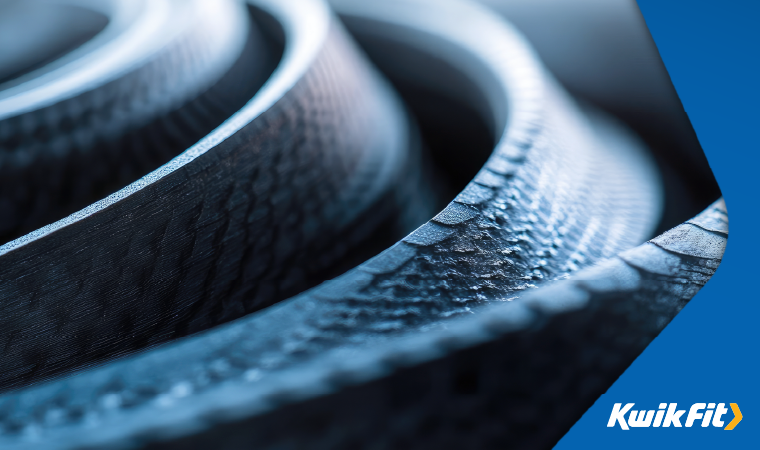
How does a serpentine belt work?
Now for the technical bit. The main function of a serpentine belt is to transfer mechanical power from an engineís crankshaft to the various associated accessories (like the power steering pump).
The serpentine belt is driven by the crankshaft pulley, which, as it rotates, turns the pulleys of the attached components [see list above], allowing them to function.
In order for the serpentine belt to work effectively, it must maintain a certain amount of tension to prevent it from slipping off the pulley. To assist with this, a tensioner pulley guides the belt while idler pulleys direct the beltís path, keeping it aligned within the system. To reduce any slippage, serpentine belts often have a ribbed design, making them much more durable than older versions.
When should you replace your serpentine belt?
Generally speaking, you should replace your serpentine belt every 50,000 to 100,000 miles ó depending on the recommendation from your carís manufacturer. However, thatís not to say this component can be ignored until then.
You should get your serpentine belt checked regularly to keep a close eye on wear and tear, inspecting it for any more serious signs of damage. This is a job for the experts as the serpentine belt is not the easiest component to access and affects multiple other vital parts of your car (you donít want to accidentally do something you canít undo when inspecting it yourself ).
Luckily, serpentine belts are checked during an MOT. So, booking in for regular servicing and an MOT at your local Kwik Fit will cover your maintenance for this component.
Troubleshooting issues with your serpentine belt
Unlike the older models, where multiple belts were used to power engine accessories, a serpentine belt enjoys longer life and enhanced mechanical efficiency. However, since there is only one belt to power everything, if the serpentine belt fails, multiple critical functions are also lost. Thatís why knowing the warning signs of a belt on the blink is essential ó especially to avoid engine overheating and associated damage.
Aside from the 50,000 - 100,000 replacement guidelines, your serpentine belt may also need to be replaced if any of the following issues occur.
Signs of wear
If there are visible signs of wear and excessive distress on the surface of the serpentine belt, it may be time to swap it out for a new one. Just like wearing on tyres, this can look like cracking, but it can also cause fraying and ripping.
Squealing or chirping sounds
If you repeatedly hear a chirping or squealing sound coming from your engine bay, thereís a chance that your serpentine belt may be slipping and not holding the right amount of tension (not to be confused with squeaking brakes). If this happens, give your local Kwik Fit a call and get an expert opinion on the issue.
Loss of performance
One of the most severe indicators of a faulty serpentine belt is loss of vehicle performance. This might look like power steering failure or difficulty steering, sudden car battery drain, or even an engine that overheats or stalls. Remember the list of engine accessories that the serpentine belt powers above? If any of those start to act up and youíre not sure why, itís a good idea to get your belt checked.
Illuminated ĎCheck Engineí light
Lastly, if your check engine light is showing, your serpentine belt could be at fault. However, there are a number of factors that could also be causing this light to show, so youíll need to narrow it down before you take any action just in case. For more information, check out our blog, ĎEverything You Need to Know About the Check Engine Lightí.
Keep things ticking over with Kwik Fit
Noticing issues with your engine and suspect it may be your serpentine belt? Get in touch with the experts at your local Kwik Fit and bring your vehicle in for a Free Vehicle Safety Check.
Listening to your vehicle and getting it serviced regularly is essential to keep things running smoothly ó not to mention keeping you and your passengers safe on the road. For more expert advice about your carís components, check out our library of blogs and guides.
Any facts, figures and prices shown in our blog articles are correct at time of publication.
Featured Articles
How Much Fuel Does Air Conditioning Use?
Thursday 29th May 2025
Your carís air con uses a surprising amount of fuel to keep you cool, especially if itís low on refrigerant & working overtime. Find out the exact figures here.
How Long Does An MOT Take At Kwik Fit?
Friday 23rd May 2025
The yearly MOT test is dreaded by many drivers, but how long does the actual MOT test take, and what goes into it? Hereís what affects the length of your test.
What Are Silent Tyres?
Saturday 3rd May 2025
Looking for a more luxurious, peaceful drive? Silent tyres could be the answer with their clever technology. Discover how these tyres work in our latest blog.


